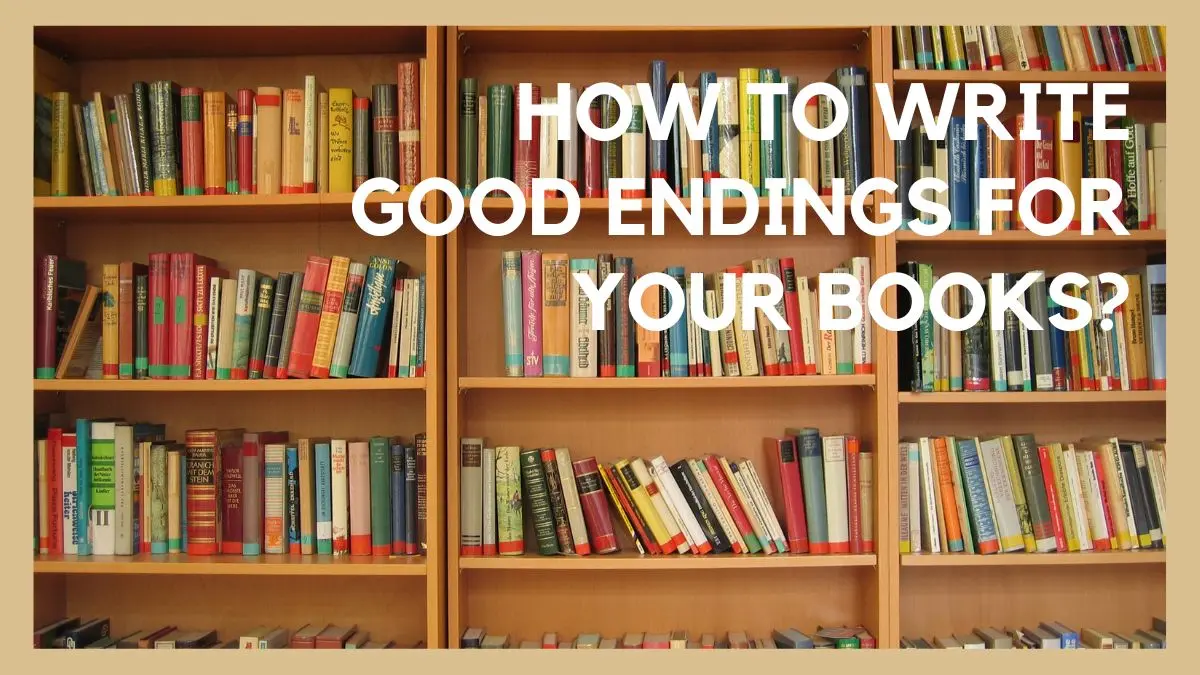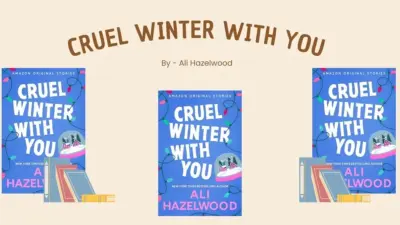Writing a book is a journey, both for the writer and the reader. While the opening hooks the audience and the middle keeps them engaged, it’s the ending that leaves the most lasting impression. A satisfying conclusion can make a story unforgettable, while a poorly executed one can leave readers feeling cheated. But How to Write Good Endings for Your Books? In this article, we’ll explore every facet of writing effective book endings, with examples to inspire your work.
Why a Strong Ending Matters?
The ending of your book serves several purposes:
- Resolution: It ties up loose ends and answers key questions posed during the story.
- Emotional Closure: It gives readers a sense of satisfaction or completion.
- Thematic Fulfillment: It underscores the central themes of your book.
- Memorability: A great ending ensures your book lingers in readers’ minds long after they’ve closed it.
A well-crafted ending is like the final chord of a symphony—it resonates, it echoes, and it feels inevitable yet surprising.
Types of Book Endings
Not all endings are created equal. The type of ending you choose should align with your story’s tone, genre, and narrative goals.
- Happy Ending
- What It Is: The protagonist achieves their goal, and conflicts are resolved positively.
- Best For: Romance, fantasy, and adventure stories.
- Example: In Harry Potter and the Deathly Hallows by J.K. Rowling, Harry defeats Voldemort, and the epilogue shows a peaceful future, offering closure and optimism.
- Tragic Ending
- What It Is: The story concludes with loss or failure, often to highlight larger truths or themes.
- Best For: Literary fiction, drama, and some historical fiction.
- Example: Romeo and Juliet by William Shakespeare ends tragically, but the lovers’ deaths reconcile their feuding families.
- Open-Ended
- What It Is: The ending leaves key questions unanswered, inviting readers to draw their own conclusions.
- Best For: Literary fiction, psychological thrillers, and stories emphasizing ambiguity.
- Example: In Life of Pi by Yann Martel, the ambiguous ending leaves readers questioning the nature of truth and belief.
- Twist Ending
- What It Is: A surprising turn of events reshapes the entire narrative in the final moments.
- Best For: Mystery, thrillers, and speculative fiction.
- Example: In Gone Girl by Gillian Flynn, the twist redefines the characters’ motivations and relationships.
- Bittersweet Ending
- What It Is: Combines elements of triumph and tragedy, reflecting the complexity of life.
- Best For: Historical fiction, epic fantasy, and realistic drama.
- Example: The Book Thief by Markus Zusak balances heartbreak with hope, offering a deeply emotional conclusion.

Elements of a Good Book Ending
1. Consistency with the Story
The ending should feel like a natural extension of the narrative. Avoid introducing new elements or characters that haven’t been foreshadowed. For instance, in The Lord of the Rings by J.R.R. Tolkien, Frodo’s journey concludes in a way that reflects his sacrifices and growth, staying true to the story’s themes.
2. Satisfying Resolution
Readers invest time and emotion into your story; they want answers to the major questions. Even in open-ended or ambiguous conclusions, there should be a sense of purpose. For example, in To Kill a Mockingbird by Harper Lee, the trial’s outcome may be bleak, but the ending reinforces Scout’s growth and the story’s moral lessons.
3. Emotional Impact
A strong ending tugs at the reader’s heartstrings, whether through joy, sadness, or awe. Think of Atonement by Ian McEwan, where the revelation at the end recontextualizes the entire story, leaving readers emotionally stunned.
4. Thematic Cohesion
The conclusion should tie back to the themes explored in the book. In 1984 by George Orwell, the bleak ending reinforces the oppressive power of the state, perfectly aligning with the book’s themes.
5. Pacing
Avoid rushing the ending or dragging it out unnecessarily. Strike a balance between tying up loose ends and maintaining narrative momentum. For instance, The Great Gatsby by F. Scott Fitzgerald ends with a poignant reflection that feels neither abrupt nor prolonged.
Tips for Writing Effective Endings
1. Plan Ahead
While some writers prefer to discover the story as they go, having a general idea of the ending can help you steer the narrative effectively. Foreshadowing key elements ensures that the ending feels earned.
2. Revisit Your Beginning
A strong ending often mirrors or echoes the story’s opening, creating a sense of full-circle closure. For example, in Of Mice and Men by John Steinbeck, the ending mirrors an earlier scene, amplifying its emotional weight.
3. Subvert Expectations
Surprise your readers, but ensure the surprise is logical within the story’s context. Twists should be shocking but not unbelievable. The Sixth Sense by M. Night Shyamalan (while a film) serves as a great example of a twist that feels earned through careful foreshadowing.
4. Focus on Character Growth
Show how the events of the story have changed your protagonist. In Pride and Prejudice by Jane Austen, Elizabeth Bennet and Mr. Darcy’s union reflects their personal growth, making the ending deeply satisfying.
5. Test Multiple Endings
Experiment with different outcomes to see which feels most impactful. Share them with beta readers or critique groups to gauge their reactions.
6. Avoid Clichés
Steer clear of overused tropes unless you can offer a fresh take. For instance, the “it was all a dream” ending is often unsatisfying unless executed with originality.

Common Mistakes to Avoid
- Deus Ex Machina Introducing an improbable event or character to resolve conflicts undermines the story’s credibility. Ensure your resolution stems from established elements.
- Overexplaining Resist the urge to tie up every minor detail. Allow readers to infer and imagine parts of the story.
- Abrupt Endings Don’t end your story too suddenly without giving readers time to process the conclusion.
- Lack of Payoff If you build tension or mystery throughout the book, ensure the ending delivers a satisfying payoff. Unanswered questions can frustrate readers unless intentional.
Practical Exercise: Crafting Your Ending
- Outline the Major Themes: What messages do you want to leave your readers with?
- Identify Key Questions: What needs resolution for the story to feel complete?
- Draft Multiple Scenarios: Explore happy, tragic, and ambiguous outcomes for your story.
- Test the Emotional Impact: Read your ending aloud or share it with others to gauge its resonance.

Final Thoughts
Writing a good ending requires careful thought and execution, but it’s also an opportunity to make your story unforgettable. By staying true to your characters, themes, and narrative promises, you can craft an ending that leaves readers satisfied, moved, and eager to recommend your book to others.
Remember, every great story deserves an equally great conclusion. So take your time, experiment, and trust your instincts. Your readers will thank you for it.
Also Read: The Impact of Classic Literature on Modern Writing



